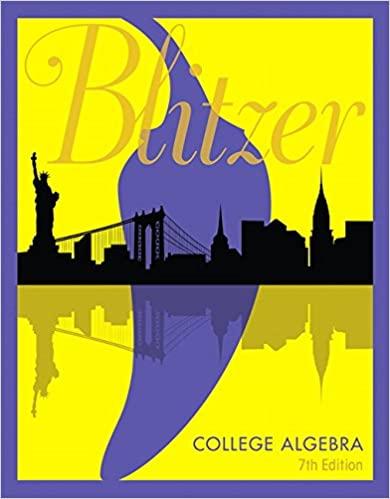Question
David Mashley teaches two undergraduate statistics courses at Kansas College. The class for Statistics 201 consists of 7 sophomores and 3 juniors. The more advanced
David Mashley teaches two undergraduate statistics courses at Kansas College. The class for Statistics 201 consists of 7 sophomores and 3 juniors. The more advanced course, Statistics 301, has 2 sophomores and 8 juniors enrolled. As an example of a business sampling technique, Professor Mashley randomly selects, from the stack of Statistics 201 registration cards, the class card of one student and then places that card back in the stack. If that student was a sophomore, Mashley draws another card from the Statistics 201 stack; if not, he randomly draws a card from the Statistics 301 group. Are these two draws independent events? What is the probability of one sophomore's name and one junior's name on the two draws, regardless of order drawn?
The answer is 0.27 but I have no idea how to approach it
Step by Step Solution
There are 3 Steps involved in it
Step: 1

Get Instant Access to Expert-Tailored Solutions
See step-by-step solutions with expert insights and AI powered tools for academic success
Step: 2

Step: 3

Ace Your Homework with AI
Get the answers you need in no time with our AI-driven, step-by-step assistance
Get Started


